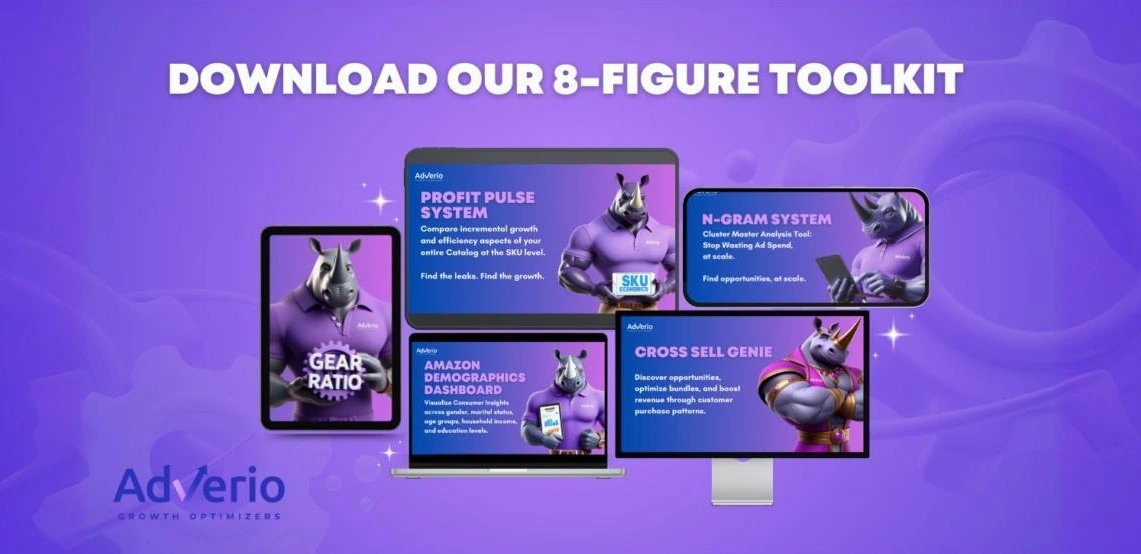Table of Contents
Now that you understand how to structure your campaigns for placement-specific control, it’s time to take the next step and implement this strategy in your own campaigns.
In this final part of the series, we’ll walk you through the real-world application of duplicated campaigns for placement optimization. We’ll also provide a step-by-step guide on how to set up these campaigns, along with examples showing how this strategy leads to improved Amazon PPC performance.
Real-World Example: Premium Coffee Makers
Let’s look at a real-world scenario to illustrate how duplicating campaigns for placement control can lead to better results. Imagine you sell premium coffee makers and have a Sponsored Products campaign targeting keywords like “coffee maker,” “French press coffee maker,” and “best coffee machine.”
- Scenario: After reviewing your placement report, you find that Top-of-Search placements are converting well, with an ACOS of around 15%. However, Product Page placements are consuming the majority of your budget, with an ACOS of 40% and a low CTR. This inefficiency is dragging your overall campaign performance down.
- Action: You decide to implement the campaign duplication strategy:
- Campaign A: Set up a new campaign focused solely on Top-of-Search placements, with a base bid of $0.50 and a +150% multiplier for Top-of-Search. Product Page bids are set to 0%.
- Campaign B: Set up a second campaign focused solely on Product Pages, with the same base bid of $0.50 and a +150% multiplier for Product Pages.
Step-by-Step Guide
Here’s how you can implement the strategy in your own campaigns:
-
- Step 1: Identify an existing Sponsored Products campaign that has sufficient data and spend. Review your placement report to identify which placement is underperforming.
- Step 2: Duplicate the campaign and create two mirrored campaigns: one focused on search placements and the other on product page placements.
- Step 3: Set the bid multipliers for each campaign. For Campaign A, increase the bid for Top-of-Search and set Product Pages to 0%. For Campaign B, increase the bid for Product Pages and set search placements to 0%.
- Step 4: Launch both campaigns and monitor performance closely.
- Step 5: Adjust the base bids or multipliers as needed. If you find that one campaign isn’t performing as expected, make gradual adjustments to ensure the campaign is optimized for its specific placement.
Optimization and Monitoring
Once the campaigns are live, it’s crucial to monitor the results:
Check the placement breakdown within each campaign to ensure the correct placements are receiving the majority of the impressions. If you notice that one campaign is spending too much on low-converting placements, you can adjust the bid multipliers or reduce the budget for that campaign. Continuously test and optimize to improve performance further. Over time, you’ll be able to refine your strategies to reduce ACOS and increase ROAS.
Conclusion
Duplicating campaigns for placement-specific control is a powerful strategy that allows you to optimize your Amazon PPC campaigns more effectively. By isolating placements and adjusting bids for each one, you gain granular control over your ad spend and can significantly improve your ROAS.
Implement this strategy today to see how it can boost your performance, reduce wasted spend, and give you an edge over competitors. If you need help implementing this strategy, Adverio’s team of experts is here to assist with a customized PPC audit and a tailored plan to optimize your campaigns for maximum profitability.





























